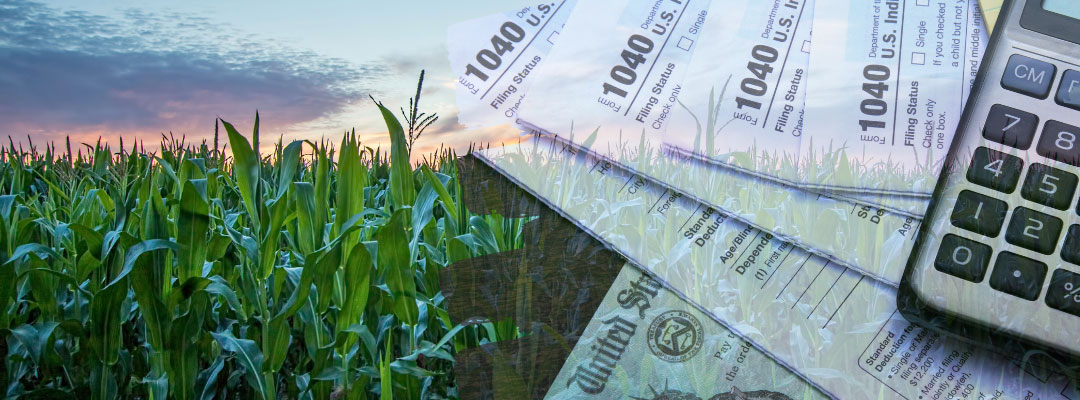In light of the recent Independence Day holiday and remembering the founding fathers, there are many attributes from them that can be appreciated.
It is well known that many of the founding fathers had backgrounds in agriculture. Ben Franklin and James Madison were early proponents of sustainable farming. Thomas Jefferson had a penchant for plants and scientific experimentation. George Washington dabbled in all of those but was also known to be a meticulous bookkeeper. These records were considered essential in determining the success of his enterprises.
Due to these records and historical preservation efforts, we catch a glimpse of Washington’s efforts in farm management. They were without the digital technologies we enjoy so the records were kept entirely by hand. Day-to-day activities often got recorded in “waste books, pocketbooks, day books or memorandum books”, not unlike a typical pocket notebook farmers may utilize today. Later, the notes from these books would make it into a more formal recording known as a “journal of accounts”. If enterprises became large or complex enough, there were ledgers of accounts and even an accountant to handle these tasks. Washington, however, recorded all the transactions himself. He did so following accounting manuals such as John Mair’s Book-Keeping Methodiz’d.
While referring to his records and correspondence, Washington noted that after dinner “I resolve …[to] retire to my writing table and acknowledge the letters I have received; but when the lights are brought, I feel tired, and disinclined to engage in this work, conceiving that the next night will do as well; the next comes, and with it the same causes for postponement, & effect; and so on.” A sentiment that perhaps many a farmer can understand. However, it is evident Washington did find time for these tasks as he required large desks and bookcases to accommodate all his files.
Washington’s records were thorough, as evidenced by the number of documents still available and the detailed entries found on the pages. The documents are being reviewed and catalogued as part of preservation efforts through George Washington’s estate, Mount Vernon. This includes the ‘Washington as Bookkeeper’ article and The George Washington Financial Papers Project used as references for this article. That Washington continued to keep his own books and records when, almost certainly later in life, he could have had someone handle these tasks indicates the level of importance Washington placed on the contents.
Washington made comments throughout his decorated career on desiring to return to Mount Vernon, “I had rather be on my farm than be emperor of the world”. That Washington desired to relinquish his political power and return to humbler occupations is one reason we admire him today. To think that he would spend a considerable portion of his time recording day-to-day activities at Mount Vernon seems almost unfathomable. Let us admire his dedication, and that we can benefit from his records and example in present day.
Burkett, Kevin. “Founding Farmer.” Southern Ag Today 5(29.1). July 14, 2025. Permalink




